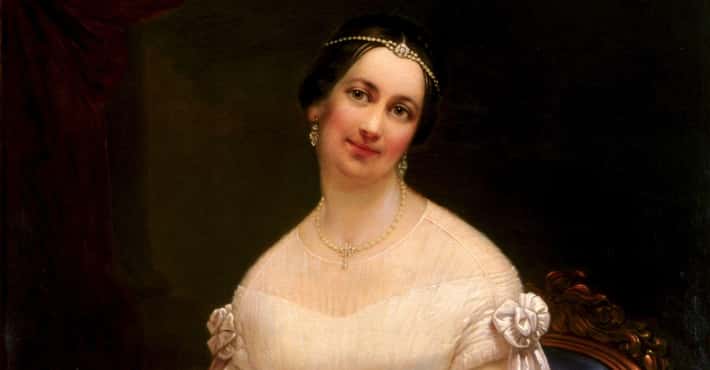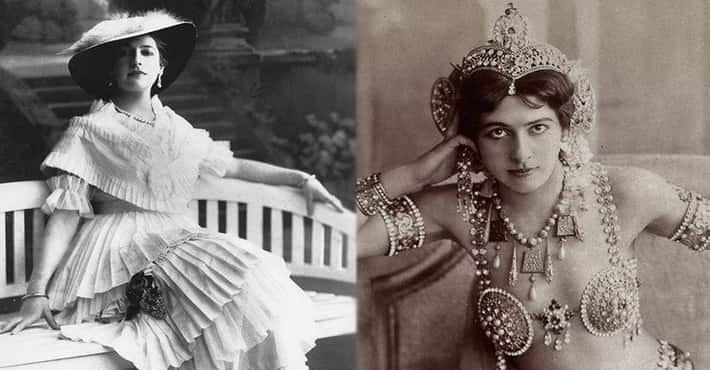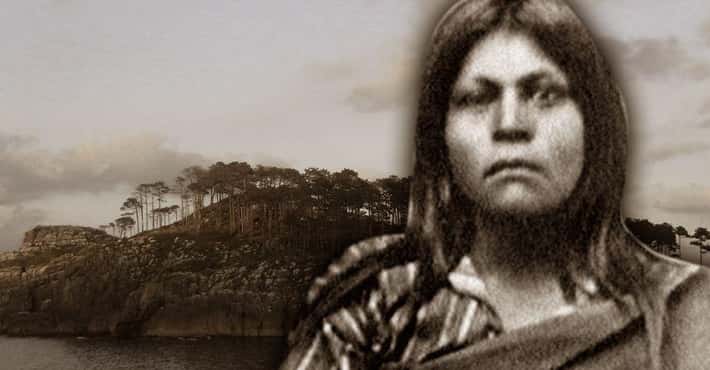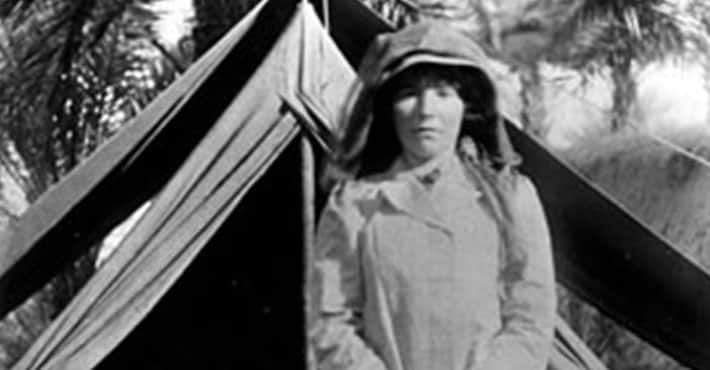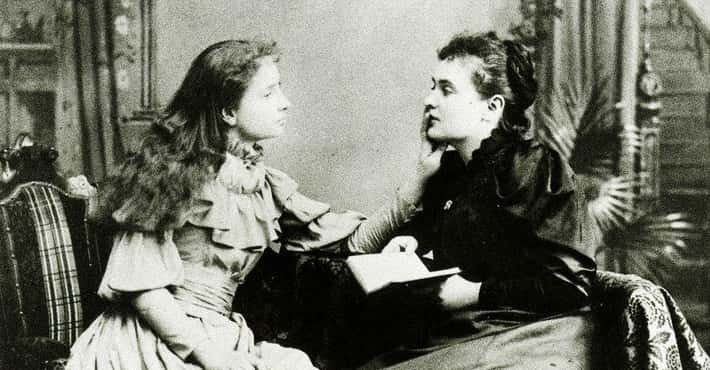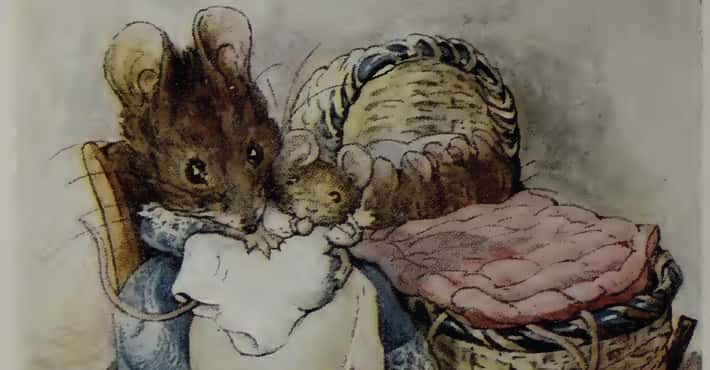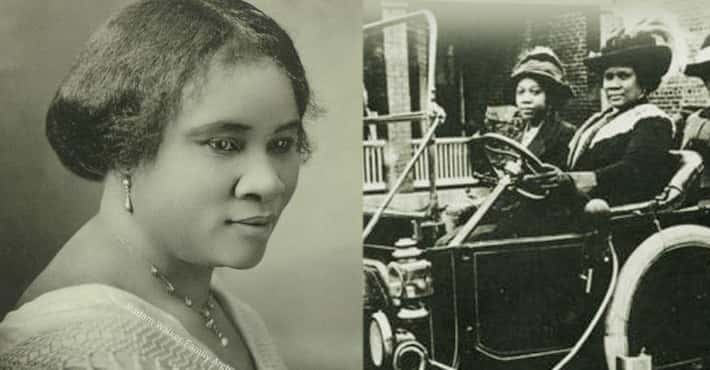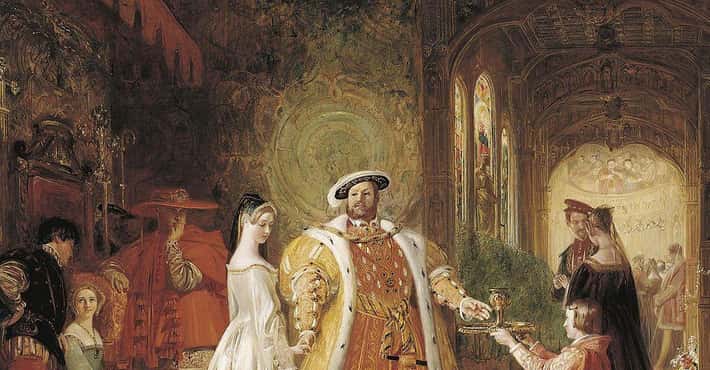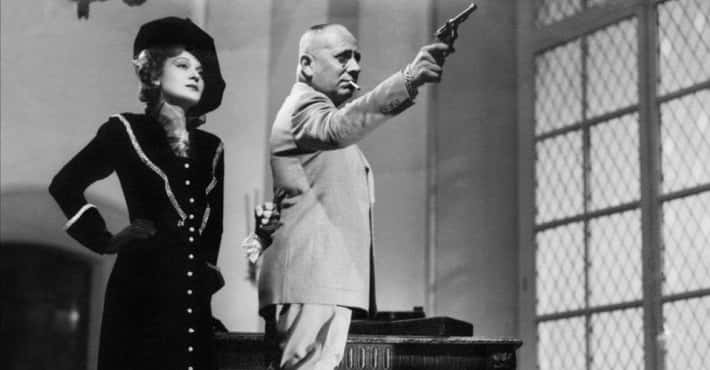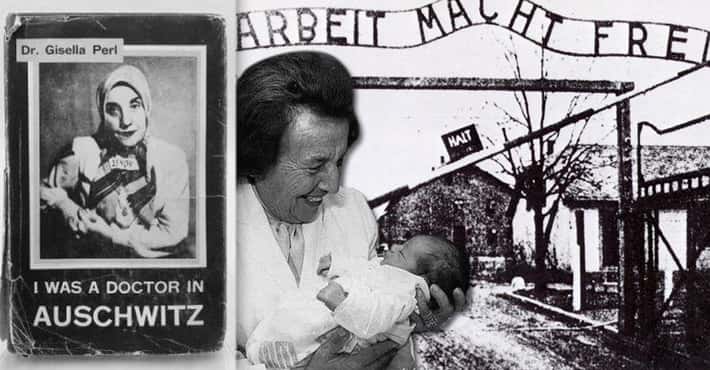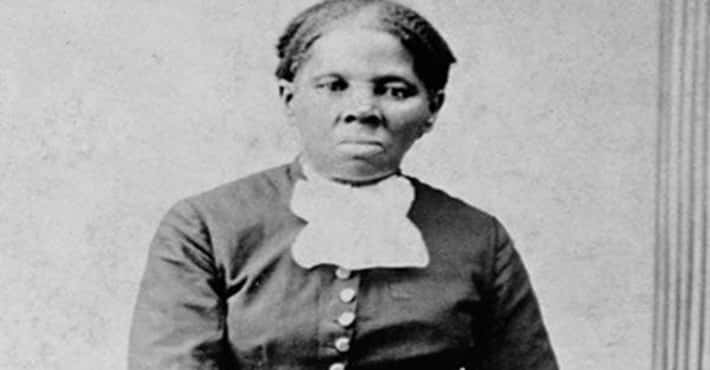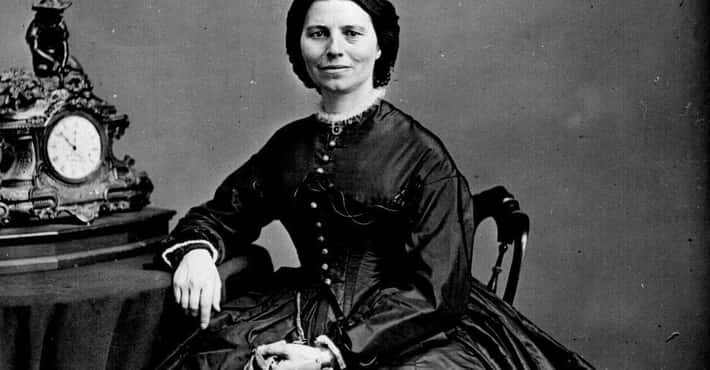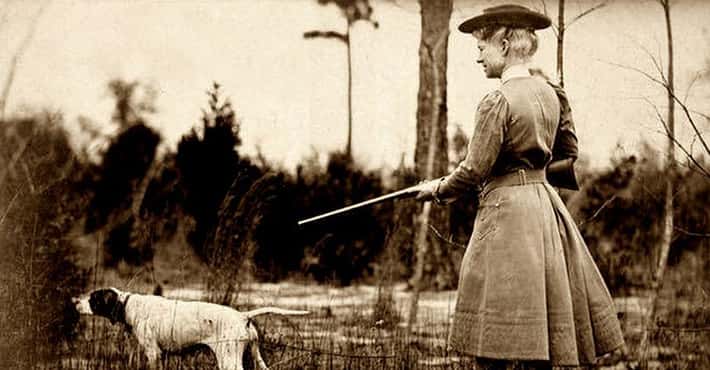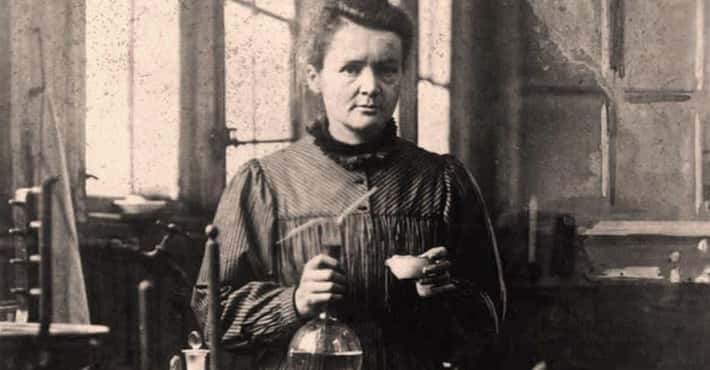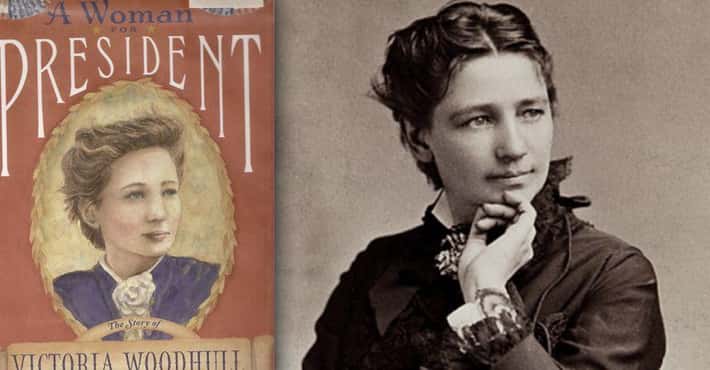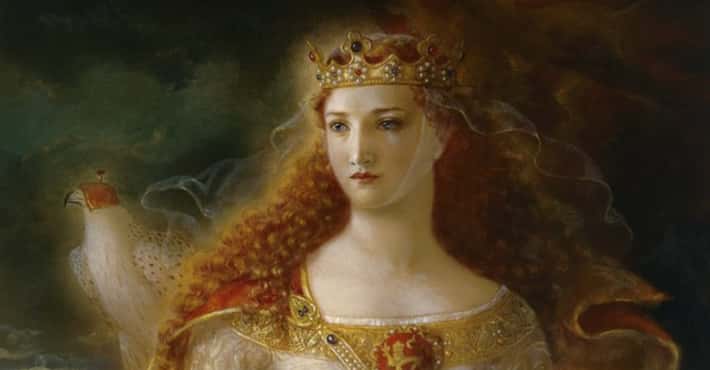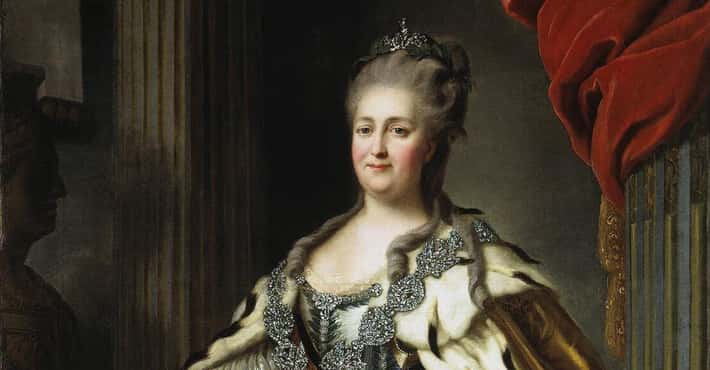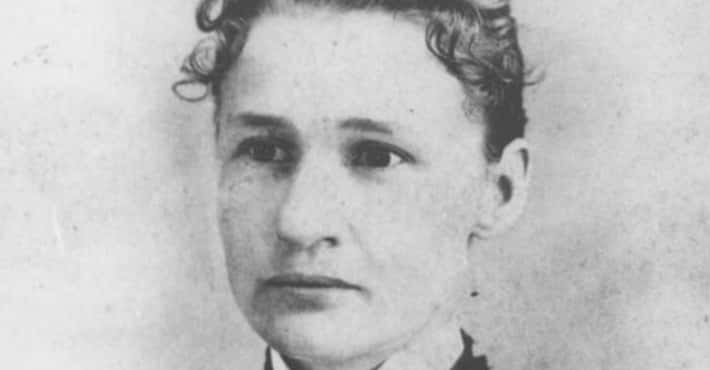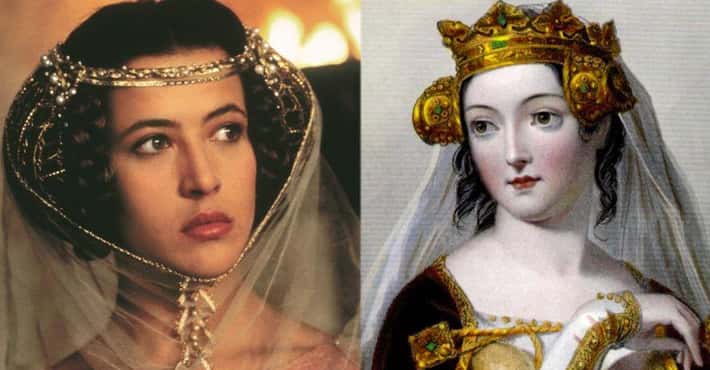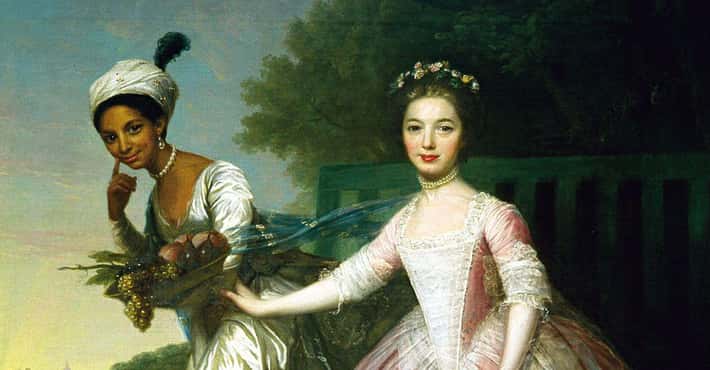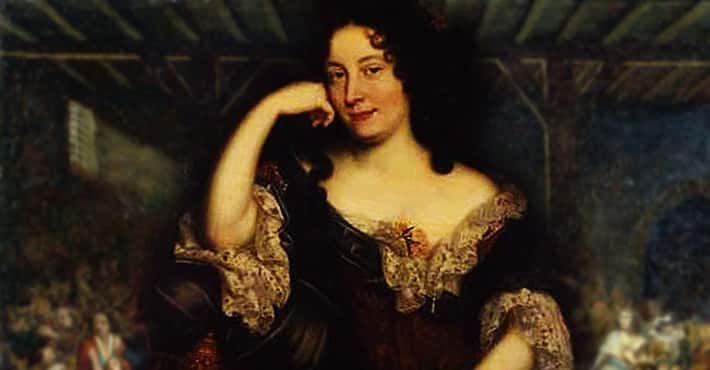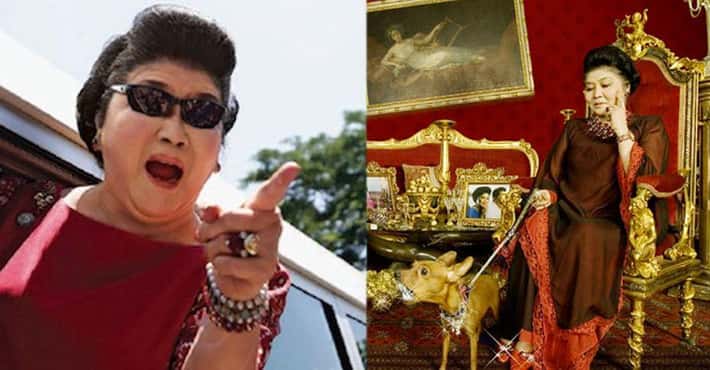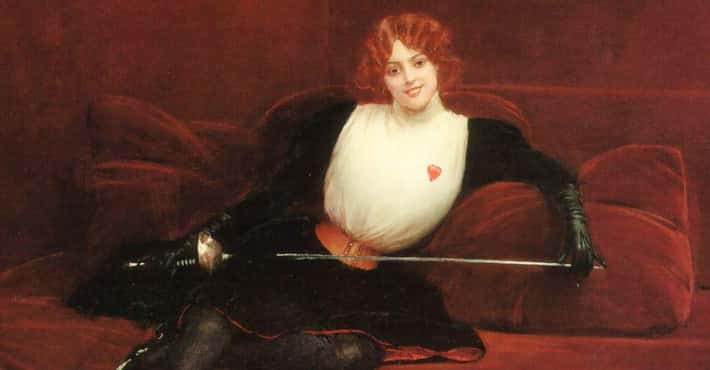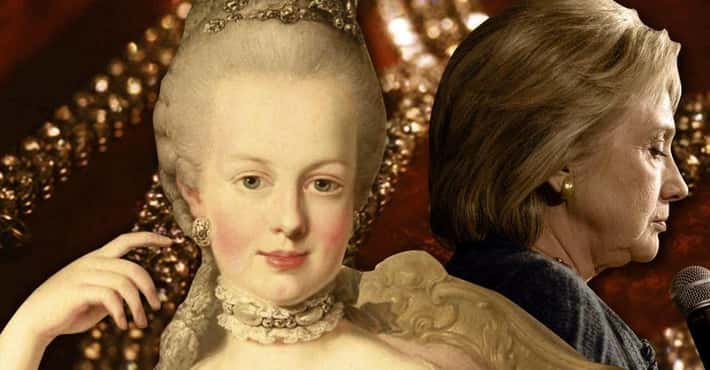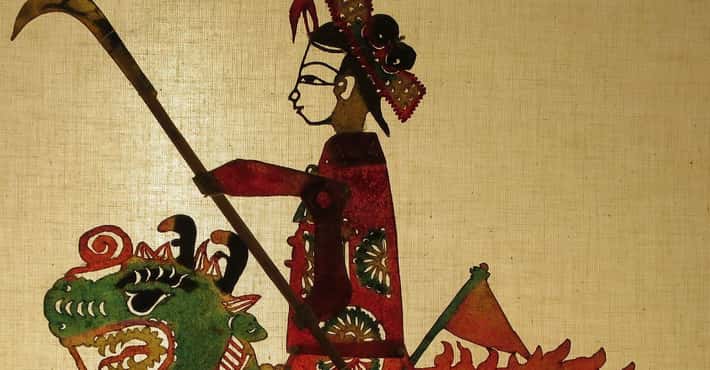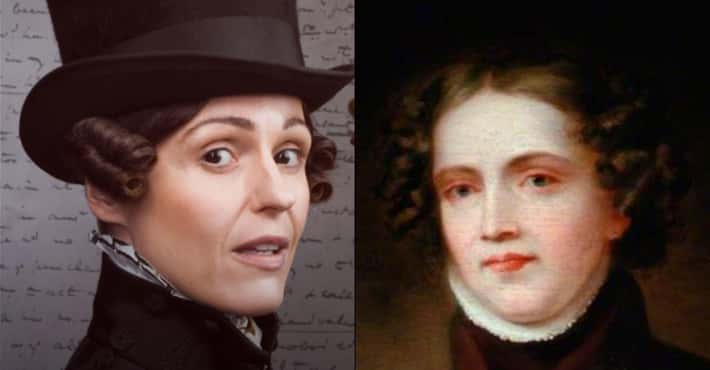
From Scantily Clad Dancer To World War II Spy, Josephine Baker Laughed In The Face Of Traditions
Josephine Baker Grew Up Poor In The Jim Crow South
Photo: Carl Van Vechten, Library of Congress / Wikimedia Commons / Public DomainFreda Josephine McDonald came into the world on June 3, 1906. Her family lived in poverty in St. Louis, MO, in a space so tight, six people shared one bed. Though both of Baker's parents were performers, neither became successful. Her mother gave up a dancing career early and became a washerwoman, while Baker's father played the drums for a vaudeville show.
Her parents never married, and her father abandoned the family soon after Baker's birth. Eventually, Baker's mother married another man who had difficulties holding down a job, causing the family more financial trouble.
To help out, Baker took odd jobs and left school when she was 8 years old to work full-time. Jim Crow laws kept the city segregated, and she worked as a domestic servant for white employers, cleaning houses and watching the children. Her work forced her to experience the dehumanizing nature of racism firsthand.
Recalling moments when she was not allowed to make eye contact with her employers, she developed feelings of inferiority as a child and teen. When she became a teenager, Baker lived on the streets and survived by picking food out of trash cans.
Baker Developed Her Dancing Skills On The Streets Of St. Louis Before Touring The Country
Photo: Lucien Walery / Wikimedia Commons / Public DomainDance served as an outlet from the struggles of poverty when Baker was 13 years old. She began performing on St. Louis street corners; a Black theater troupe noticed her and brought her into the local vaudeville circuit. As part of the Dixie Steppers and the Jones Family Band, two different troupes touring together, Baker traveled the country dancing and performing comedy routines. The groups eventually split. Baker tried to get a role as a Dixie Steppers chorus girl. However, they claimed she was too dark and skinny and rejected her.
Not one to give up, Baker took a position as a dresser. She learned the chorus girl part in her spare time. When one dancer left, Baker won the role and quickly drew praise from audiences for her talent and comedic presence. To capitalize on her abilities, Baker moved to New York and joined the Harlem Renaissance, performing at prominent clubs and in a show called Chocolate Dandies.
French Audiences Were Captivated By Baker's Dynamic Performances
Photo: Lucien Walery / Wikimedia Commons / Public DomainWhen Baker was 19, a recruiter asked her to join a new show in Paris. The show's cast exclusively featured Black performers and would pay $1,000 a month. La Revue Nègre opened on October 2, 1925 and introduced Baker to a new audience.
By incorporating African elements into her costumes and choreography, Baker created routines foreign to the mostly white audience. She quickly rose to fame, as her performances sold out. When the show closed, Baker appeared at the Folies-Bergère theater in La Folie du Jour, where she continued to captivate audiences.
Baker Became Known As 'Black Venus' For Her Revealing Dances And Fashion
Photo: Lucien Waléry / Wikimedia Commons / Public DomainBaker's performances were known to feature extravagant and revealing costumes. In La Revue Nègre, she appeared onstage wearing only feathers and pearls in a time when performing bare-breasted was controversial. Baker's signature routine, the 'Danse Sauvage,' came with another dynamic costume: a skirt made of rubber bananas - Beyoncé would later pay homage to it in a 2006 performance on the date of Baker's 100th birthday.
The costume was such a hit, Baker appeared on postcards wearing it along with artfully arrayed jewelry to hide her nudity. People across Europe purchased banana-skirt-wearing dolls, as well as hair pomade and a skin-darkening lotion, both sold by Baker. She found wealth in her European popularity, which she used to buy extravagant accessories, including a pet cheetah - the animal developed a reputation for terrorizing orchestra pits during her shows - along with a gold piano, and a bed once belonging to Marie Antoinette.
While Baker won the affections of many, some disliked her provocative dances and risqué costumes, objecting to a perceived lack of virtue. Protesters disrupted several shows on her European tour - for instance, one group rang a nearby church bell throughout a show in Vienna to shame the audience for attending. Despite the haters, Baker became Europe's highest-paid entertainer, was one of the world's most photographed women, and earned the nickname "Black Venus."
Baker Broke Into French Film In The 1930s, But Didn't Receive The Same Acceptance In America
Photo: Daan Noske, Nationaal Archief / Wikimedia Commons / CC0 1.0While living in France, French filmmakers cast her in several movies. She debuted in Siren of the Tropics in 1927, followed by roles as a singer in 1934's ZouZou, 1935's Princesse Tam Tam, and Fausse Alerte in 1940. Baker's cinematic success afforded her an estate in southwest France - she nicknamed the residence Les Milandes. She moved her family who still lived in St. Louis into the new mansion, paying for their relocation.
Baker returned to New York in 1936 to appear in the Ziegfeld Follies live revue, performing a piece called "The Conga." She was a major star in Europe and hoped to expand on this success in America, possibly in Hollywood. Unfortunately, US audiences rejected her performance, especially one coming from a woman of color - reviews reflected this hostile, racially motivated attitude toward Baker. She felt devastated. She remarried upon returning to France, becoming a French citizen and giving up her American citizenship.
Baker Joined The French Military And Became A Spy During World War II
Photo: Jack de Nijs, Nationaal Archief / Wikimedia Commons / CC0 1.0When World War II broke out, Baker made an unconventional choice: she joined the French military. As part of the Women's Auxiliary of the French Air Force as a sub-lieutenant, she assisted the Red Cross and helped out at a homeless shelter for refugees near her home. Baker also lent her services as an entertainer to the French war effort, performing for troops stationed in the Middle East and Africa.
However, Baker's involvement in the military made a big leap when she became a French spy. Since Baker traveled across Europe performing, she took the opportunity to obtain as much information about the enemy as she could. She remembered anything she overheard while performing, wrote the intel down on music sheets using invisible ink, and pinned photographic evidence to her underwear to transport it secretly.
Baker's fame also helped her get invited to parties and events at European embassies, using the occasion to flirt and eavesdrop to learn information. Additionally, Baker helped set up a British intelligence liaison center in Casablanca, as well as a network assisting Jewish people in obtaining passports to escape Europe. After the war, the French government awarded her several medals for her bravery and hard work.
Baker Was The Only Official Female Speaker At The 1963 March On Washington
Photo: Eric Koch / Wikimedia Commons / CC0 1.0During the war, Baker realized how empowering and satisfying it felt to help others, vowing to help fight racism in America. In 1951, she returned to the US and toured the country, fighting injustice along the way. In New York, 36 different hotels turned her away due to her race.
In Las Vegas, Baker discovered popular Black American stars like Nat King Cole and Ella Fitzgerald were not allowed to stay at the area's glamorous hotels. Baker kept fighting for equality, starting a war of words in the media with columnist Walter Winchell, a supporter of segregation, after New York's Stork Club denied her entry.
The March on Washington on August 28, 1963, is most remembered for Martin Luther King Jr.'s "I Have a Dream" speech, but Baker also made history on this day. The mass protest drew around 250,000 supporters of equality to the Lincoln Memorial, and Baker was the only woman with an official invitation to speak. Instead of her signature feathers and gowns, Baker wore her military uniform onstage, telling the crowd:
I have walked into the palaces of kings and queens and into the houses of presidents. And much more. But I could not walk into a hotel in America and get a cup of coffee, and that made me mad. And when I get mad, you know that I open my big mouth. And then, look out, 'cause when Josephine opens her mouth, they hear it all over the world.
Baker Became The First Performer To Desegregate Las Vegas
Photo: Hugo van Gelderen, Nationaal Archief / Wikimedia Commons / CC BY-SA 3.0 NLOn her 1951 American tour, Baker confronted the country's racism and refused to perform in segregated venues. Club owners could either let all races in or find another performer. She held her ground while touring the heavily segregated Southern states. In Las Vegas, Baker sat down on the stage in protest after discovering the venue turned away Black ticket holders at the door. She became the first person to desegregate Las Vegas casinos, though the credit has historically gone to male performers.
At the end of Baker's tour, a huge parade took place in Harlem, and around 100,000 people showed up. The NAACP recognized Baker by naming her Woman of the Year and declaring May 20 Josephine Baker Day.
The FBI Watched Baker For 15 Years And Kept More Than 400 Pages Of Files About Her
Photo: Jack de Nijs, Nationaal Archief / Wikimedia Commons / CC0 1.0In 1951, the FBI started to keep tabs on Baker after an incident at the Stork Club in New York. Baker publicly accused the owner of being a racist for not serving her, and the federal agency started tracking her due to her statements promoting racial equality. The agency began a file on Baker - it allegedly grew to around 471 pages over 15 years of surveillance.
They also suspected Baker was a Communist sympathizer due to her friendly associations with the Castros of Cuba. Because of Baker's appearance on an FBI watchlist, Attorney General Robert F. Kennedy assisted her with returning to the country to speak at the 1963 March on Washington.
Josephine Baker Was Married Four Times
Photo: Jack de Nijs, Nationaal Archief / Wikimedia Commons / CC0 1.0Baker was 13 years old when she had her first marriage. She met Willie Wells while waitressing after she dropped out of school, but they filed for divorce a few weeks after being married. Two years later, in 1921, Baker married Will Baker, whose last name she kept following their divorce. After moving to France, she wed Jean Lion in 1937 and obtained French citizenship. This relationship didn't last either, and by 1947, Baker married French orchestra leader, Jo Bouillon, whom she later divorced as well.
During Baker's later visits to America, she met and became friends with artist Robert Brady. Though they never legally married, they held a personal ceremony at an empty church, exchanging vows in 1973 and remaining together until Baker's death. It was unusual at the time for a woman to maintain her independence, financially support herself, and admit to taking women as lovers - all things Baker did - but she lived her life on her terms, never depending on men to help her succeed.
Baker Adopted 12 Children From All Over The World
Photo: Herbert Behrens, Nationaal Archief / Wikimedia Commons / CC0 1.0Starting in 1950, Baker began adopting children with her then-husband, Jo Bouillon. They took in 12 kids from all over the world, including Algeria, Colombia, Israel, and Japan; Baker called the diverse family her "rainbow tribe." Baker took advantage of her roomy home and lifestyle to prove to the world how simple it could be to achieve racial harmony.
She Finished Her 50-Year Career With An Anniversary Special In Paris And Died Only Four Days Later
Photo: Rudolf Suroch / Wikimedia Commons / Public DomainWhen Baker was invited to perform at Carnegie Hall in 1973, she was understandably nervous after the negative reviews of her 1930s tour and the conflicts from performing in desegregated venues in the 1950s. The audience gave Baker an unexpected standing ovation before she said a word, bringing tears to her eyes. The show was a success as her stage comeback.
On April 8, 1975, Baker celebrated her debut on the Parisian stage 50 years earlier with a show at the Bobino, a historic theater. Princess Grace of Monaco, Sophia Loren, and many other celebrities attended the show to watch Baker perform her famous routines. Shortly after the performance, she fell into a coma. Baker died from a cerebral hemorrhage four days after the show. More than 20,000 people gathered in Paris to view her funeral procession, which culminated in a military salute, making her the first American woman buried in France with honors.














